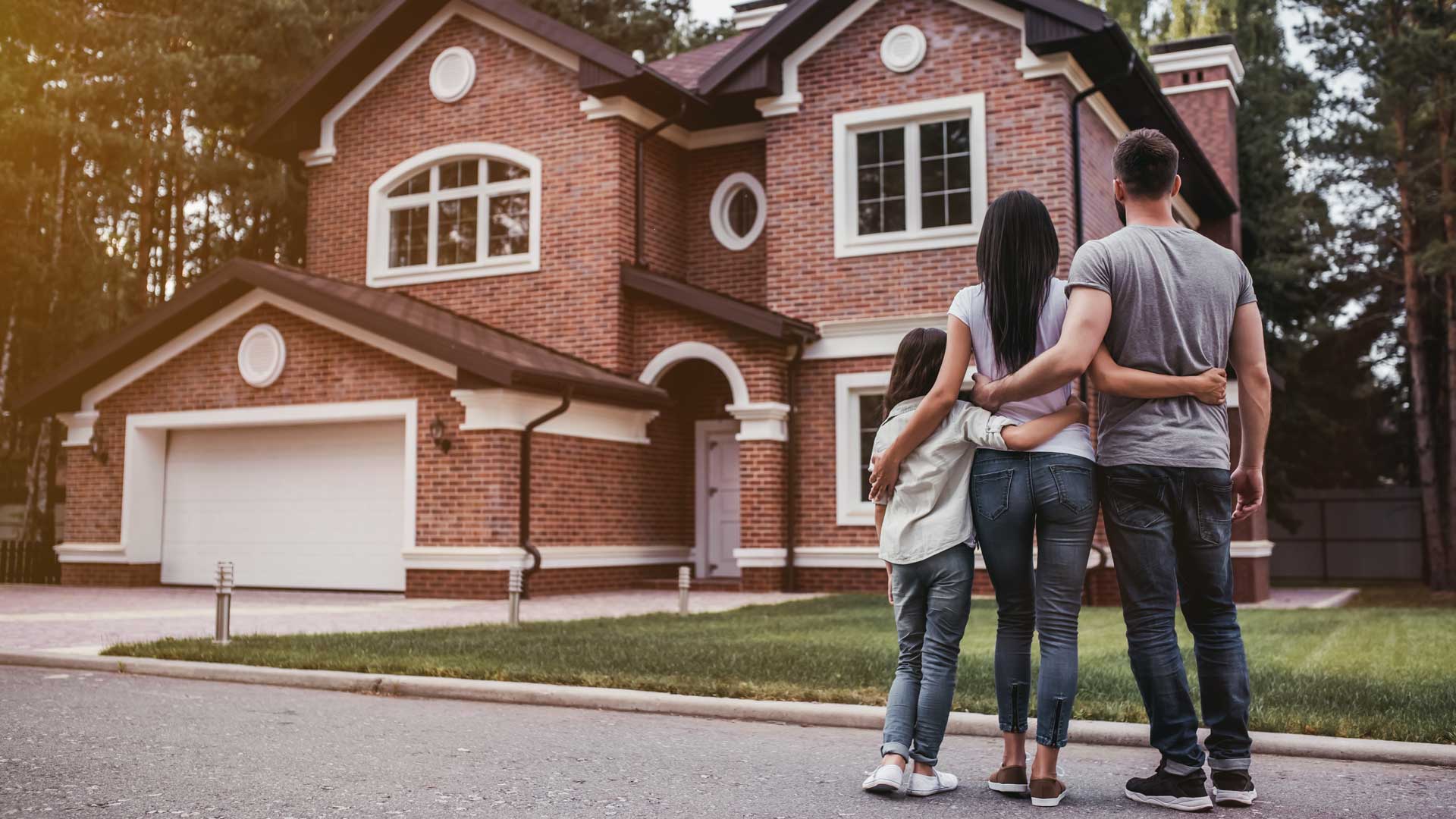 When it comes to buying a home, one of the pivotal decisions you’ll make is how much to put down as a down payment. It’s a financial move that can significantly impact your short-term and long-term financial health. In this article, we’ll delve into two common down payment strategies—opting for a 5% down payment and aiming for a traditional 20% down payment. Each strategy has its own set of risks and benefits, and the right choice depends on your unique financial situation and goals.
When it comes to buying a home, one of the pivotal decisions you’ll make is how much to put down as a down payment. It’s a financial move that can significantly impact your short-term and long-term financial health. In this article, we’ll delve into two common down payment strategies—opting for a 5% down payment and aiming for a traditional 20% down payment. Each strategy has its own set of risks and benefits, and the right choice depends on your unique financial situation and goals.
The Risks and Benefits of a 5% Down Payment:

You’ve found the house of your dreams, but is a 5% down payment the right move? Let’s explore the advantages and disadvantages.
Benefits:
- Not much of a deposit is required: With a 5% down payment, you don’t have to deplete your savings entirely, allowing you flexibility for other expenses or unforeseen home repairs.
- You may be capable of making a purchase sooner: A lower down payment means more buyers can enter the market sooner, invigorating both buyers and sellers.
- Strengthens the market: Increased buyer activity can lead to more renovations and sales, creating a dynamic real estate market.
- Fixed payments for 5 years: Enjoy financial stability with a fixed-rate loan, providing peace of mind for at least five years.
Risks:
- Paying more interest rate: The lower the down payment, the more you’ll pay in interest over the life of the mortgage, potentially surpassing the original loan amount.
- Negative equity: A 5% stake in your house leaves you vulnerable to negative equity, particularly if you need to sell or remortgage.
- Difficulty in remortgaging: Starting with a 95% home loan may make it challenging to qualify for more competitive rates when you want to remortgage.
- Possibility of overstretching: Shifting circumstances, coupled with increased interest rates, might lead to difficulties in managing larger mortgage payments.
- Requirement for mortgage insurance: A down payment below 20% often means paying mortgage insurance until you reach 20% equity, adding up to 4% of the loan amount.
Pros and Cons of a Traditional 20% Down Payment:

Is a 20% down payment the gold standard or an unnecessary financial strain? Let’s weigh the advantages and disadvantages.
Pros:
- Access to better mortgage rates: A larger down payment signals commitment and often results in better mortgage rates.
- Reduced interest payments: With a smaller loan amount, you’ll pay less interest over the life of the mortgage.
- Lower monthly payments: Enjoy more financial breathing room with lower monthly mortgage payments.
- No need for mortgage insurance: A 20% down payment eliminates the requirement for mortgage insurance, saving you additional monthly costs.
Cons:
- Challenging to save: Accumulating a substantial 20% down payment can be a significant financial burden for many.
- Postponing other financial goals: Prioritizing a 20% down payment might delay other important financial objectives like retirement savings or debt repayment.
- Reduced emergency funds: Tying up a considerable sum in a down payment can leave you with limited cash reserves for emergencies.
Your choice of a down payment strategy is a pivotal factor in your homeownership journey. Whether you opt for a 5% down payment or adhere to the traditional 20%, understanding the associated risks and benefits is crucial. Consider your financial situation, goals, and the local real estate market to make an informed decision that aligns with your unique circumstances. Remember, it’s not a one-size-fits-all scenario, and finding the right balance is key to a successful home buying experience.
Hi! I’m Erin Crocker. I’m a real estate lawyer with over 10 years of experience in Alberta and British Columbia real estate law. I love technology and efficiency. I’m on a mission to create a modern, digital closing experience for buyers and sellers through technology, transparency and sharing knowledge.
 When it comes to buying a home, one of the pivotal decisions you’ll make is how much to put down as a down payment. It’s a financial move that can significantly impact your short-term and long-term financial health. In this article, we’ll delve into two common down payment strategies—opting for a 5% down payment and aiming for a traditional 20% down payment. Each strategy has its own set of risks and benefits, and the right choice depends on your unique financial situation and goals.
When it comes to buying a home, one of the pivotal decisions you’ll make is how much to put down as a down payment. It’s a financial move that can significantly impact your short-term and long-term financial health. In this article, we’ll delve into two common down payment strategies—opting for a 5% down payment and aiming for a traditional 20% down payment. Each strategy has its own set of risks and benefits, and the right choice depends on your unique financial situation and goals.